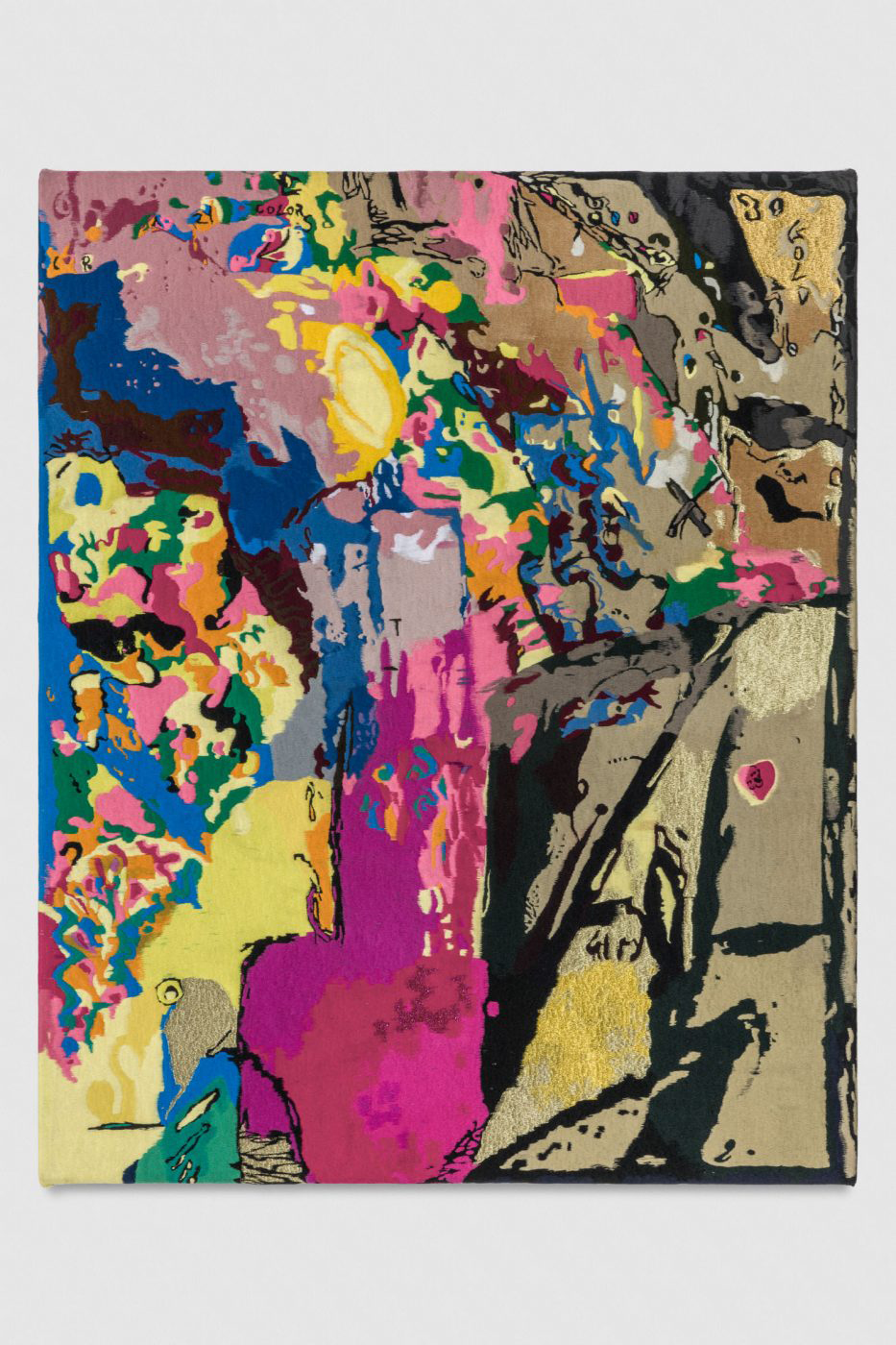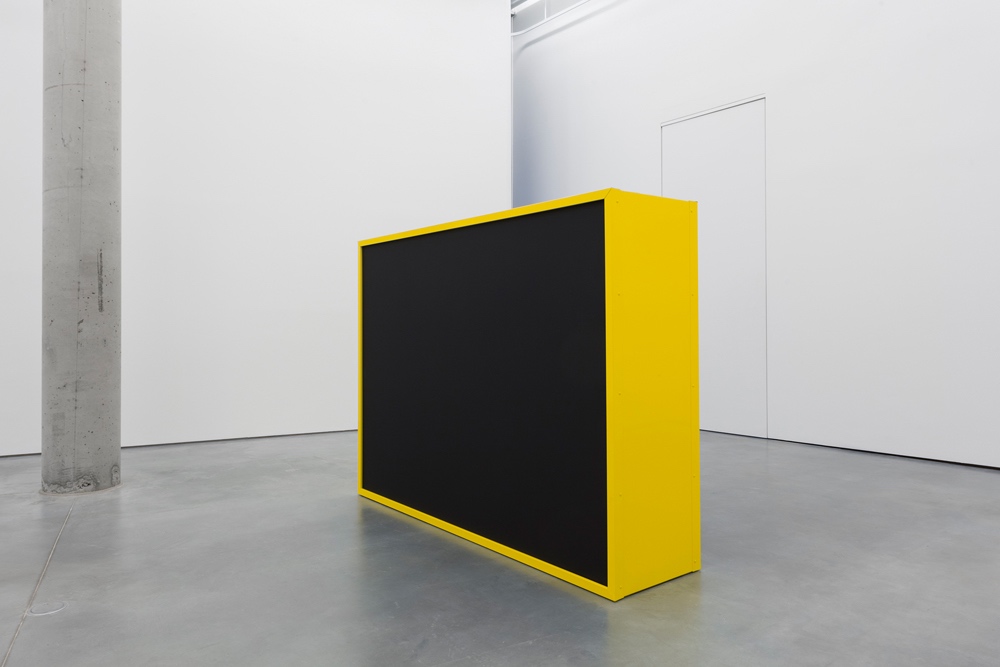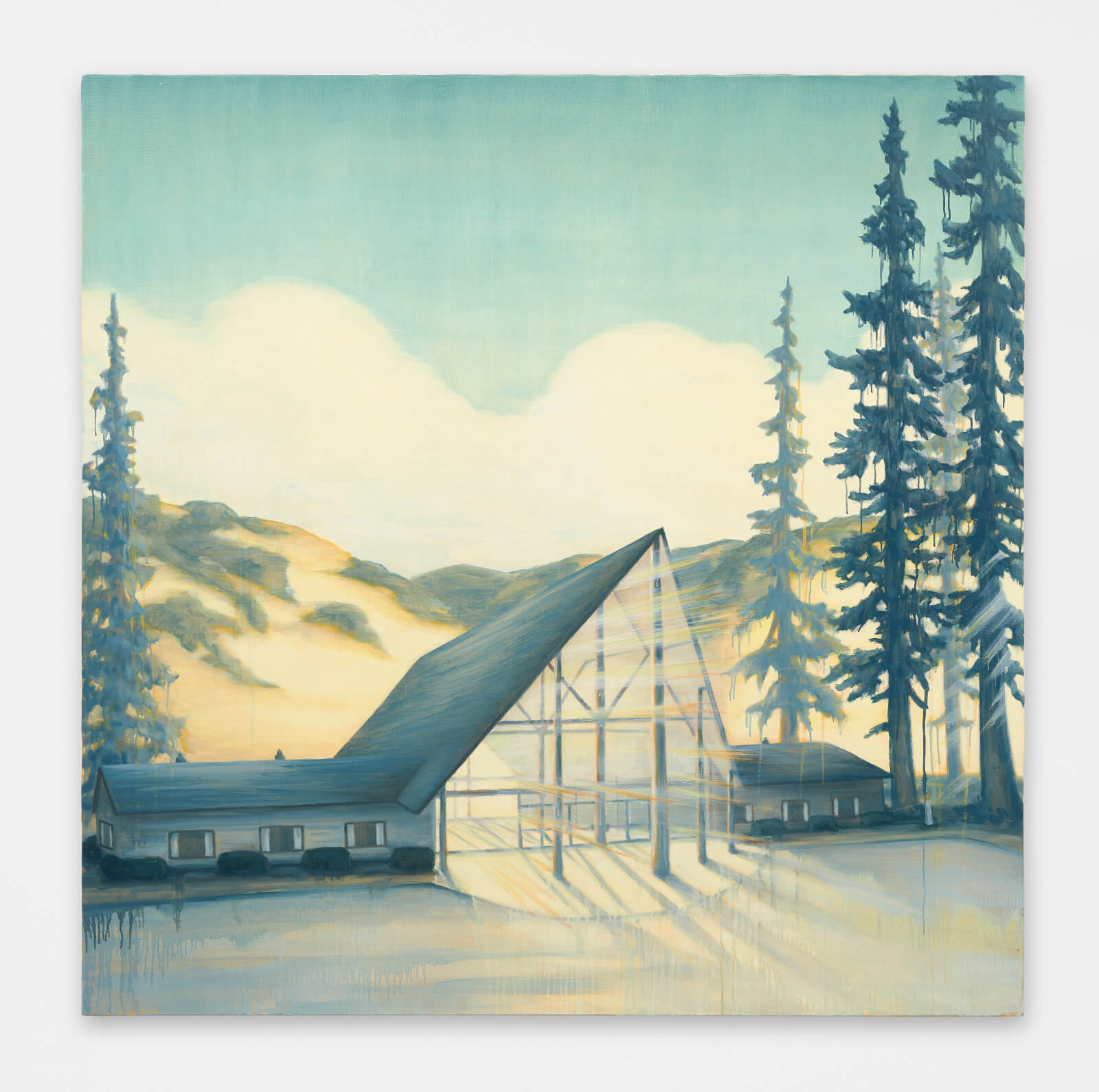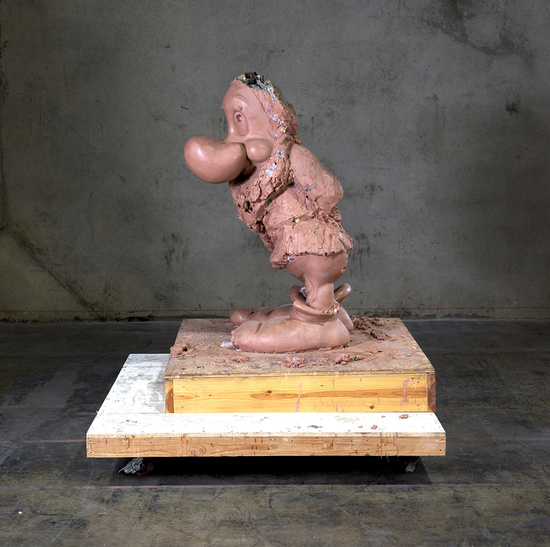Posted on
2017-01-16
In the depiction of the vastness, power, and melancholy of nature’s landscapes, Natural Selections continues to explore Attoe’s signature themes. These new paintings capture the wild and chaotic topography of the Northwest coast of America; some of the imagery is culled from actual locations, others are a total fiction created instead from memory, impression, and a fusion of several environments the artist has traveled to over the years.
Loose brush strokes and prominent drips characterize these landscapes with more soft focused edges as Attoe experiments with the boundaries of freedom and self-control in representational painting. Attoe’s masterly techniques for constructing depth and space come to the fore as the artist commits himself to representing the complexity and subtlety of nature’s tones, in keeping with his ongoing dedication towards blue.
Diminutive human figures look off over infinite expanses of water, drift through the forest or float on the tides, their small and detailed bodies juxtaposed by monumental trees, mountains, or shores. Yet they remain disconnected from their sublime surroundings, instead consumed by interpersonal tensions and anxieties about themselves, speaking lines to everyone and no one at all. It rather seems that these fragile subjects are but ghosts passing through the natural world that engulfs them, their presence and thoughts a fleeting moment. Even in the absence of people, the words ‘Free Time’ and ‘Free Money’ float up from the forest with the fog, two of our troubled currencies set against the mist.
Opposite – Visitor Center with Pines, 2016
Exhibition runs through to February 24th, 2017
Peres Projects
Karl-Marx-Allee 82
10243 Berlin
Germany
peresprojects.com





